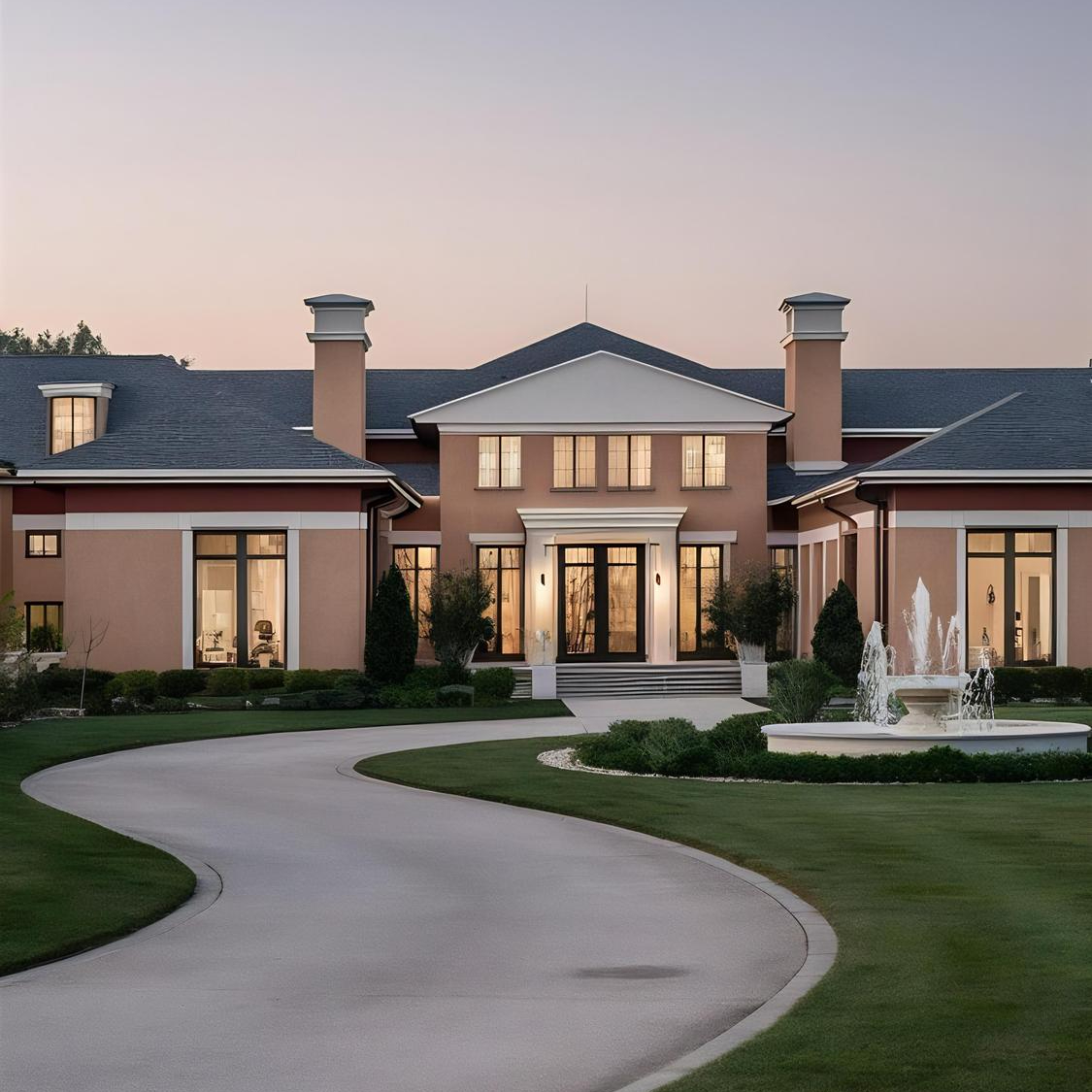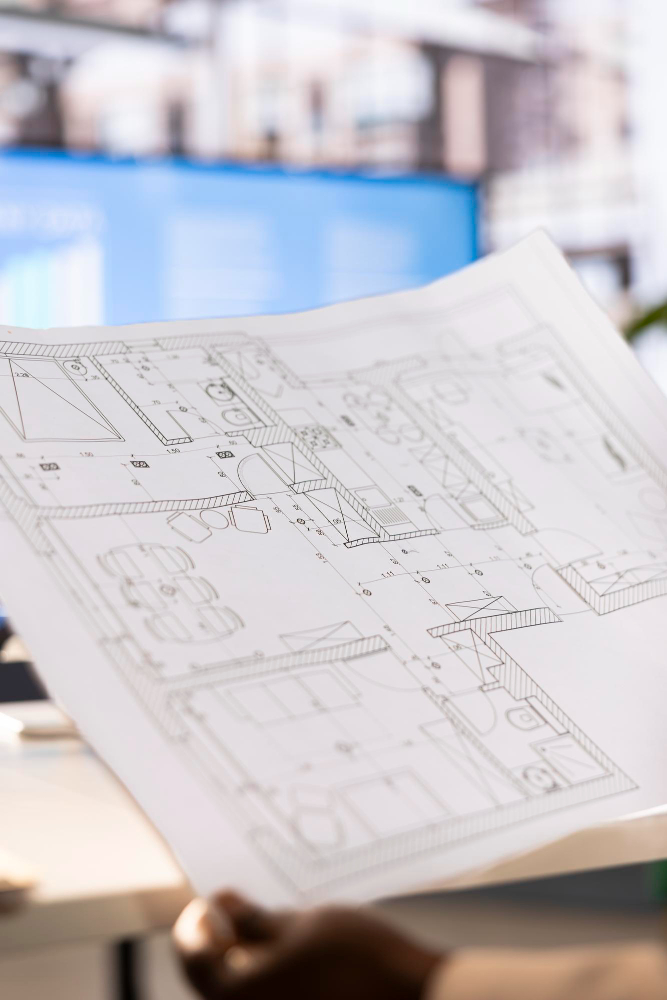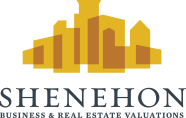By: Mark T. Jude
Highest and best use is a phrase used in many real estate reports. It may be glossed over or the analysis quickly performed by the appraiser with little to no thought. In many reports, this leads to the appraiser assuming the highest and best use of a property is the current use. This is not always the case, and a thorough analysis should always be conducted as the market value of the property heavily relies on the property’s highest and best use.
The highest and best use of a property to be appraised provides the foundation for its market value. The highest and best use analysis identifies the most probable competitive use to which the property can be put. Highest and best use is defined in The Appraisal of Real Estate, 14th Edition, page 332, as “the reasonably probable use of property that results in the highest value.” The criteria for the highest and best use analysis are: physically possible, legally permissible, financially feasible, and maximally productive.
A recent assignment that Shenehon Company worked on exemplifies the dependence of market value on the property’s highest and best use. Shenehon Company was requested to perform an appraisal for a resort property in Honduras. The resort is made up of eco-friendly cabins in the jungle, adjacent to a national park with both tropical jungle and mountainous landscapes to be explored. The area is perfect for bird lovers and butterfly enthusiasts as over 500 combined species can be seen on the resort property and trail system.
To determine the highest and best use of a property as improved, the appraiser must consider whether the existing improvements should be demolished and the site should be redeveloped. If the existing improvements will remain financially feasible and are more profitable than modifying or redeveloping the improvements, the existing use is the highest and best use. However, modifying the existing use by conversion to an alternative use, renovation of the improvements, or alteration of the property may be necessary.
The first step in identifying the highest and best use is examining what can be physically done with the property with the existing infrastructure currently in place. The resort is located on approximately 400 acres with considerable biological diversity. Diverse vegetation types occur in patches on and about the resort. Little is known about these tropical organisms, and the property would be a potential site for learning more about them and their functional interrelationships. The improvements are in good physical condition, given their chronological age, due to regular maintenance and upkeep of the property and functionally, the improvements work well as resort property.
Next, we looked and what is legally permissible on the property. The property is adjacent to a national park in an area the Honduran government calls the buffer zone. The intent of this zone is to serve as a protective barrier that minimizes the impacts and pressures towards the national park that are a product of human activities and natural phenomena that are carried out within the area. Permitted uses include tourist and eco-use (eco-resort), research, reforestation, and agriculture uses. In the long term, we do not anticipate that there will be any zoning changes to the subject site or immediate area.
Third, we analyzed the financial feasibility of the property. The current use will continue until the land value as vacant under its highest and best use exceeds the value of the property as improved, plus the cost of demolition. Through our analysis, we determined that the value as improved is above the value as vacant. Nevertheless, this is where our analysis ran into problems. The subject resort continually operated at a loss with no positive outlook in the near future. The existing improvements contributed value, however, the current use as a resort is not financially feasible. Therefore, the current use is not the highest and best use. As such, we restarted the analysis looking for another use that will comply with the first two criteria as well as being financially feasible.
During the tourist off season, the resort hosts students, researchers, classes and conferences. The current improvements on the property include abundant lodging, multiple conference rooms, pool, spa and food service on site. The property could offer unique advantages if it were to be converted to a biological field station/research center associated with a university. Functionally, this would require little to no renovation. Given the good condition of the improvements, there is no physical need for demolishing the improvements. As well as being physically possible, a field station/research center would also comply with the zoning regulations and permitted uses as research is a permitted use for the property.
This leads us back to the financial feasibility criteria. Investors tend to look at cash flow, income produced and return on investment when examining a property. However, this is not necessarily the case with not for profit and/or government entities. For these type of entities, return on investment may not be measured entirely by monetary standards. Knowledge, education, research, academic offerings and reputation and breadth of the institution are other types of return that come to mind. Many universities have biodiversity institutes, all with somewhat similar missions. For example, the University of Wyoming Biodiversity Institute’s mission is to foster an understanding, appreciation and conservation of biological diversity through innovative research, education, and outreach, and by engaging a broad audience in the scientific process. To some extent a biological field station or research center is similar to a museum, in that its operations are subsidized for the benefit of all. However, while many parks, museums and other properties used for public benefit or educational purposes are primarily or fully subsidized by the government or educational entity, the subject property has the ability to generate some income from tourism and tuition of students enrolled in programs at the research center. Therefore, we concluded that the subject’s economic value is directly correlated to its ability to functionally deliver the environmental and educational programs that align with the mission for many Biodiversity Institutes across the United States. To that extent, we found that the subject improvements are well suited to that role and are both economically and functionally justified.
The single use that produces the highest value is typically the highest and best use. When valued as a resort, the income approach and sales comparison approach produce a value well below the cost approach. Therefore, the value to an investor looking to generate income from the property was found to be considerably lower than the replacement value of the property. However, as an entity looking to further the research and knowledge coming from this biodiverse area, the value of the property would be considerably higher. The question one must ask is: how much would it cost for an entity to purchase this land and replace the improvements on the property? We found the best way to value the property is by the cost approach. Supporting this conclusion, field stations/research centers, like museums, are rarely, if ever, traded in the open market so finding comparable transactions is extremely difficult. Therefore, we concluded that the highest and best use for the property would be as a biodiversity field station/research and education facility.
We found that if this property were valued as a resort property, a considerable amount of value would have been overlooked. Through our highest and best use analysis, we found a use that unlocked the true value of the property which highlights the landscape’s uniqueness while at the same time benefits society with the knowledge that can be gained from the undiscovered and undocumented species on and about the property.
STAY IN THE LOOP
Subscribe to our newsletter.
Explore More




